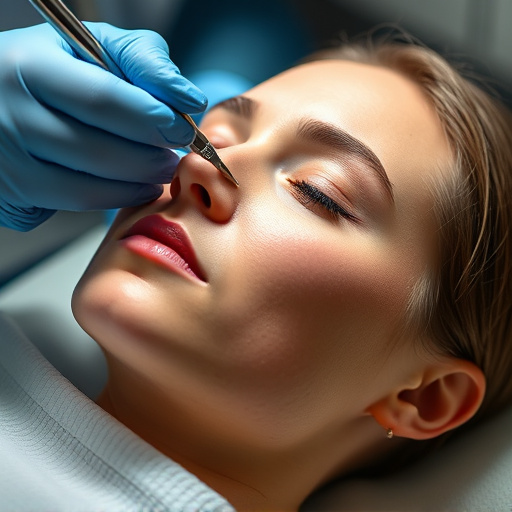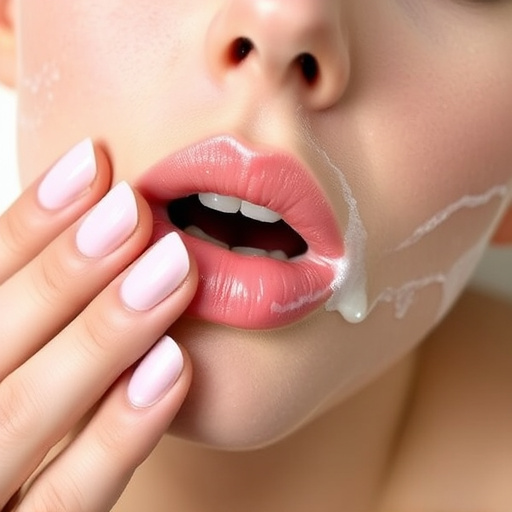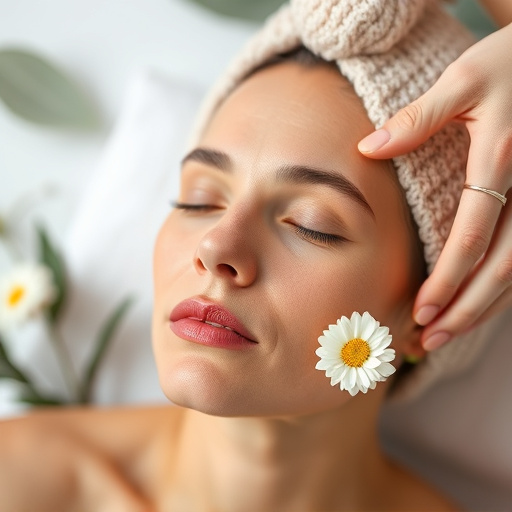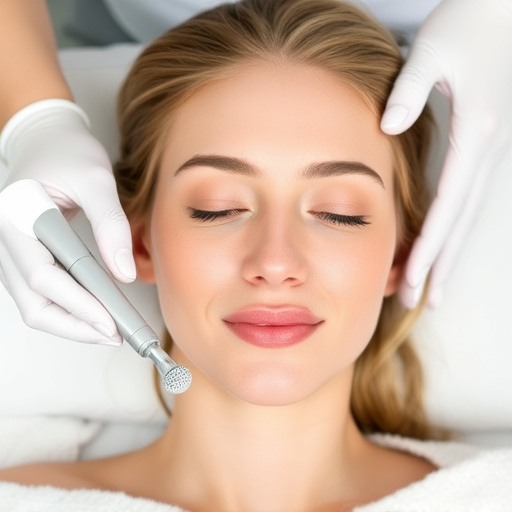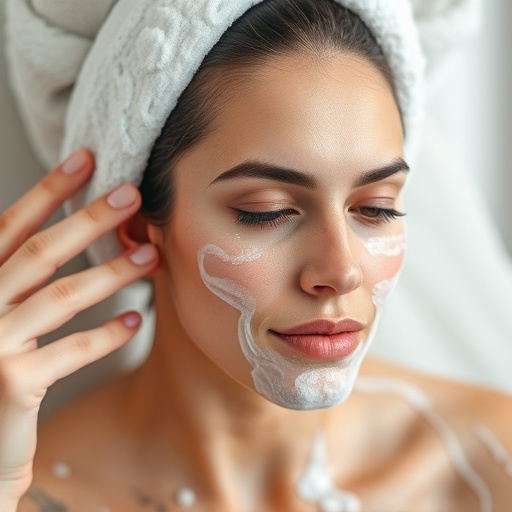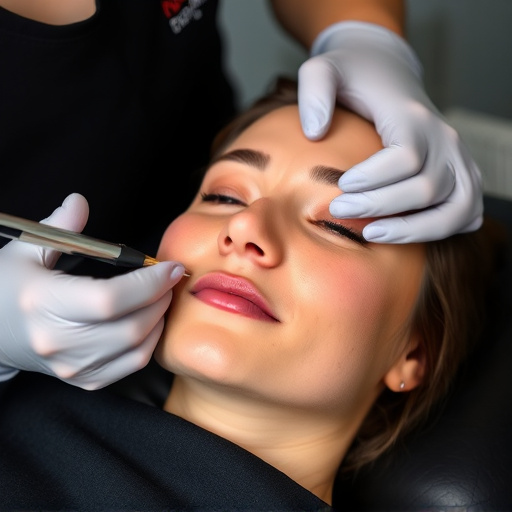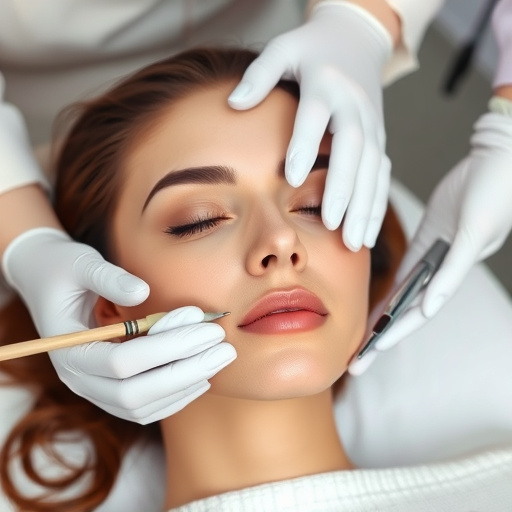TL;DR: Manipulating cystic acne lesions is strongly advised against during treatment as it can push bacteria deeper, worsening the condition and potentially causing infections. Instead of DIY methods, individuals should opt for dermatologist-recommended treatments like facials or microneedling tailored to their skin needs. Seeking expert advice is crucial for effective cystic acne management, minimizing scarring, and preventing further inflammation.
Cystic acne, a severe form of acne, requires careful management to prevent scarring. This article guides you through the do’s and don’ts of treating cystic acne effectively. Among common mistakes are touching or picking at blemishes, which can lead to infections and scarring, using harsh skincare products that may exacerbate inflammation, and overlooking dietary factors contributing to breakouts. By steering clear of these pitfalls, you support your skin’s natural healing process. Learn about safer alternatives for extraction and discover gentle skincare routines to enhance your treatment journey.
- Avoid Touching and Picking at the Acne
- – The risks of infection and scarring
- – Alternatives to manual extraction
Avoid Touching and Picking at the Acne
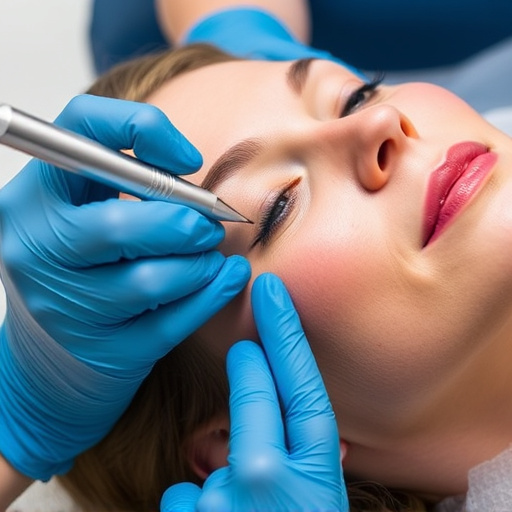
Touching and picking at cystic acne lesions is a big no-no during treatment. While it might be tempting to pop or scratch those irritating bumps, this can cause further damage and lead to infection. Remember, cystic acne forms beneath the skin’s surface, and any manipulation could push bacteria deeper, exacerbating the condition. It’s best to resist the urge and let your dermatologist-recommended treatments take effect.
Opting for more aggressive at-home remedies or trying non-surgical treatments like customized facials or microneedling therapy might seem appealing, but it’s crucial to follow a professional’s guidance. These alternative methods can be effective, but they should supplement, not replace, the prescribed cystic acne treatment plan tailored to your specific skin needs.
– The risks of infection and scarring
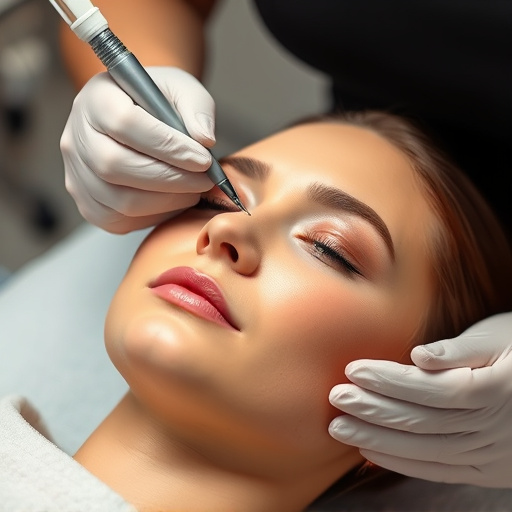
Cystic acne, a severe form of acne, can leave lasting marks if not properly managed. One of the most significant risks during treatment is infection. Picking at or squeezing cysts can introduce bacteria into the skin, potentially leading to deeper infections and increased inflammation. This can delay healing and may result in permanent scarring. Scarring occurs when the skin’s natural repair process doesn’t fully restore the damaged area, leaving behind raised or depressed marks.
Avoiding aggressive acne treatments at home is crucial to mitigate these risks. While professional acne treatments like hydrating facials and specialized facial therapies can be beneficial, it’s essential to consult a dermatologist first. They can recommend suitable treatments, such as topical medications or oral antibiotics, to clear the skin while minimizing the chances of infection and scarring.
– Alternatives to manual extraction
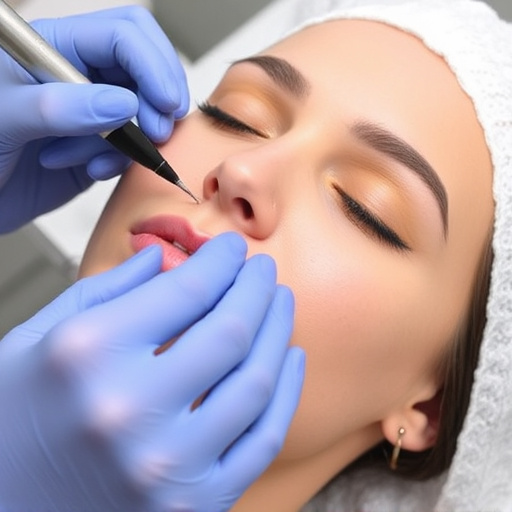
While manual extraction may be tempting as an immediate solution to pop or squeeze cystic acne, it’s crucial to avoid this method during treatment. This is because direct manipulation can cause further inflammation and potential scarring. Instead of resorting to manual methods, individuals undergoing cystic acne treatment should explore alternative options for managing their skin health.
Consider non-invasive procedures like laser hair removal to target specific problem areas without disturbing the surrounding skin. Additionally, regular hydrating facials can help soothe and nourish the skin, promoting a healthier complexion. These gentle approaches support overall skin health while addressing cystic acne concerns effectively.
When undergoing cystic acne treatment, it’s crucial to avoid common pitfalls like touching or picking at the affected areas. These actions can lead to infections and scarring, hindering your skin’s natural healing process. Instead, explore gentle alternatives for extraction and prioritize patient care to ensure a successful journey towards clear, healthy skin. Effective management of cystic acne involves understanding what not to do, allowing for a more comprehensive approach to its treatment.

